No šī gada 1.janvāra stājās spēkā EK regula, kas paredz, ka jaunus kravas transportlīdzekļus varēs reģistrēt tikai ar motoriem, kas atbilst stingrajām “EURO 6” apkārtējās vides prasībām. Jaunās regulas galvenais uzdevums ir veicināt vides saudzēšanu Eiropā, iesaistot šajās izmaiņās gan kravas transportlīdzekļu ražotājus, izstrādājot atbilstošus motorus, gan autoparku īpašniekus, kuriem jāapsver jauno tehnoloģiju ieguvumi viņu uzņēmējdarbībai. Lai gan autoparku īpašnieki pret jaunās paaudzes EURO 6 motoriem vēl izturas rezervēti, tomēr rezultāti pārliecina, ka šie jaunās paaudzes motori nebūs tikai ieguvums ekoloģijai.
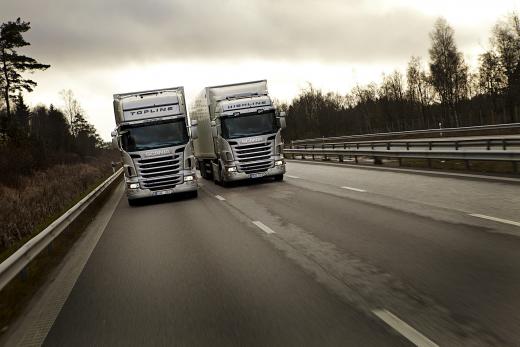
Foto: Publicitātes foto
1. EURO 6 samazina CO2 izmešus četras reizes
Jaunās paaudzes motori ir patiešām „viszaļākā” šobrīd tirgū pieejamā tehnoloģija. EURO 6 ir noteikts radikāls izmešu līmeņa pazeminājums salīdzinājumā ar iepriekšējās paaudzes motoriem EURO 5. Slāpekļa oksīdu un cieto daļiņu izmešu apjoms ir apmēram četras reizes mazāks.
2. EURO 6 motori ir uzticami
Pirmās paaudzes Scania EURO 6 motori tikai laisti klajā jau 2011. gadā, savukārt otrās paaudzes EURO 6 motori - 2013. gadā. Šobrīd uz Eiropas ceļiem pārvietojas jau vairāk nekā 5000 šīs markas kravas transportlīdzekļu, kas pierāda klientu uzticību un novērtējumu Scania EURO 6 tehnoloģijām.
3. Scania autoparka vadības sistēma liecina par būtisku degvielas samazinājumu
Scania autoparka vadības sistēmas dati uzrāda, ka degvielas ekonomija pārspēj pat sākotnējās optimistiskās prognozes. Euro 6 degvielas ekonomija attiecībā pret EURO 5 dod iespēju ietaupīt līdz pat 4 litriem uz 100 km. Pārvēršot naudas izteiksmē, ekonomija varētu būt līdz pat 6000 euro gadā ar nobraukumu 150 000 km.
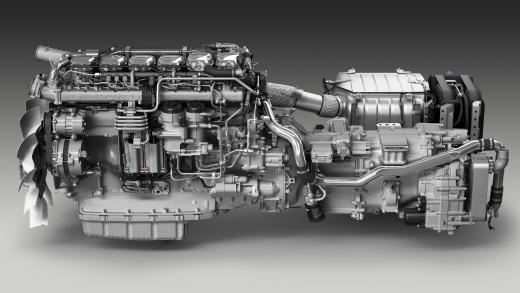
Foto: Publicitātes foto
4. Vienkāršāks motors
Lai ievērotu maksimāli pieļaujamo izmešu apjoma līmeni, kravas transportlīdzekļu ražotāji ir sagatavojušies un izstrādājuši atbilstošus motorus, emisiju kontrolei EURO 6 motoros izmantojot divu tehnoloģiju kombināciju: gāzu recirkulācijas (EGR) un selektīvās katalītiskās reducēšanas (SCR). Scania jau gadiem ilgi izmanto gan vienu, gan otru sistēmu. Savukārt attiecībā uz EURO 6 410 Zs motoru tiek reducēta EGR sastāvdaļa. Tādējādi ir iegūts motors, kas darbojas vienkāršāk un nodrošina lētāku ekspluatāciju. Tā darbības princips ir vienkāršs – jo mazāk motorā ir dažādu elementu, jo mazākas ir tā iespējas salūzt. Šāds motors ir ļoti ekonomisks, kam būtiska ir ne tikai jauda, bet arī griezes moments, kas ir pietiekami augsts.
5. Jāpievērš uzmanība Krievijas degvielai
Kravu pārvadātājiem svarīgs jautājums ir Krievijā uzpildītās degvielas kvalitātes iedarbība uz jaunajām Euro 6 tehnoloģijām. Scania ir rūpīgi strādājusi, lai uzlabotu EURO 6 motorus - pateicoties selektīvajai katalītiskajai reducēšanas sistēmai, šie motori ir mazāk jūtīgi pret sēra saturu degvielā.
6. Atlaides maksas ceļu izmantošanā Eiropas Savienībā
Lai veicinātu kravas autoparku nomaiņu, jaunā regula paredz arī atlaides maksas ceļu izmantošanai Eiropas Savienībā, kā arī vienkāršo ETMK atļauju saņemšanu, kas paredz neierobežotu skaitu starptautisko kravas pārvadājumu veikšanu starp dalībvalstu teritorijām vai tranzītā. Tieši šie abi faktori kā galvenie ieguvumi tika norādīti Scania veiktajā aptaujā, kurā sniedza atbildes 200 kravu pārvadāšanas uzņēmumu vadītāji.
7. Lielāka vērtība lietotas tehnikas tirgū
Var prognozēt, ka kravas transportlīdzekļiem ar visjaunāko izmešu standartu būs arī augstāka vērtība lietotas tehnikas tirgū.




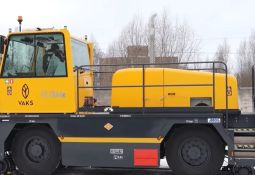



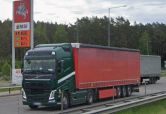


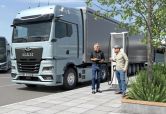
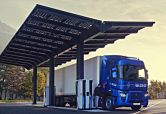

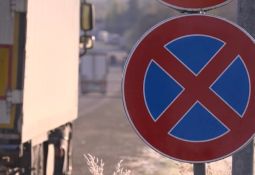
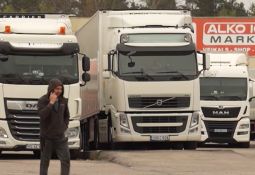
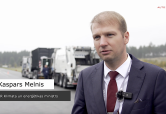
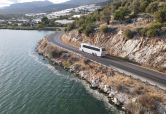

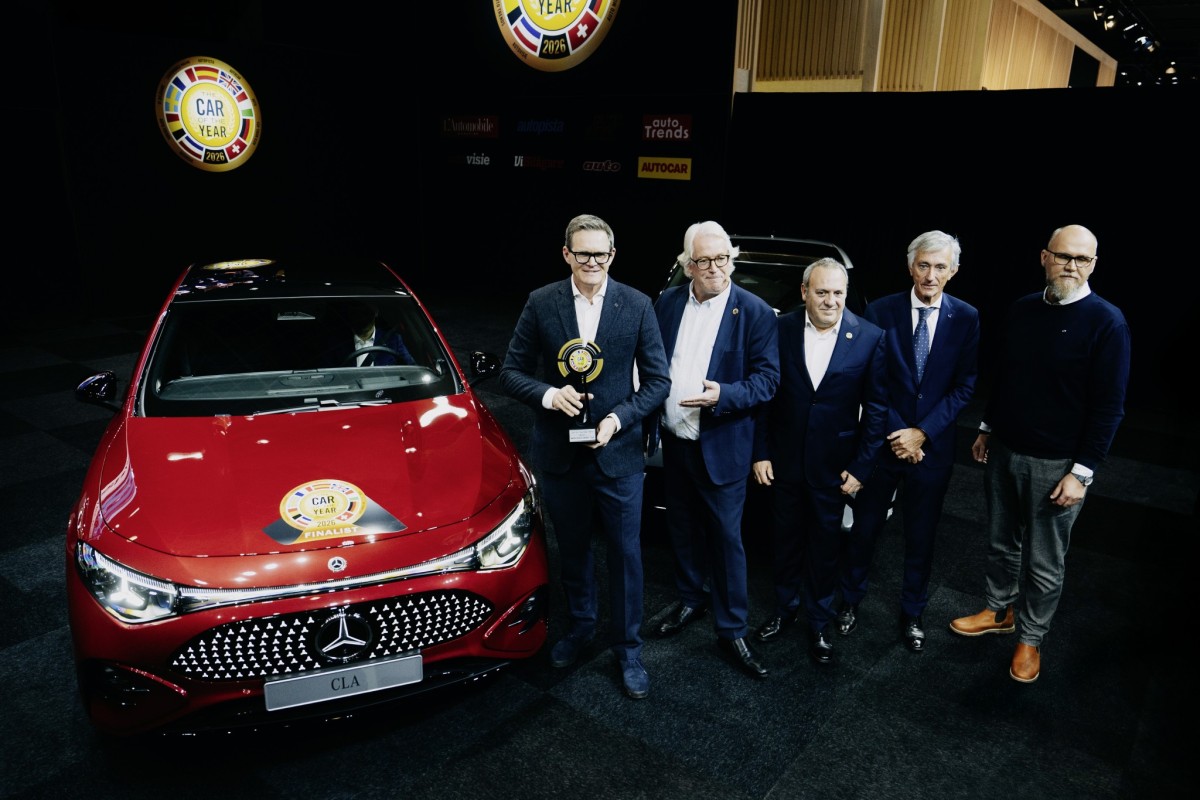
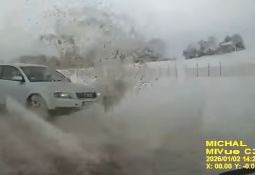
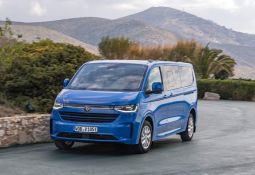
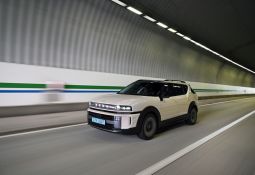

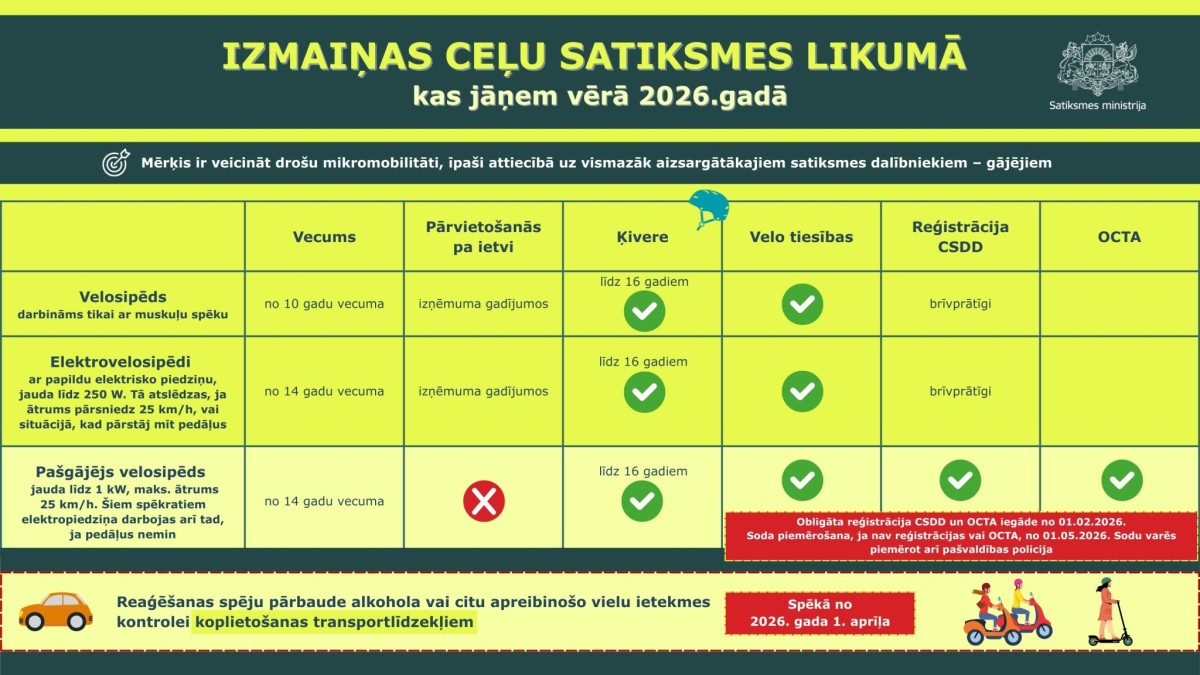
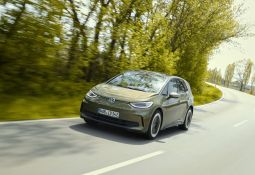
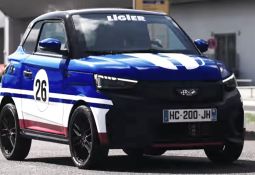
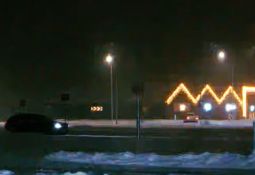
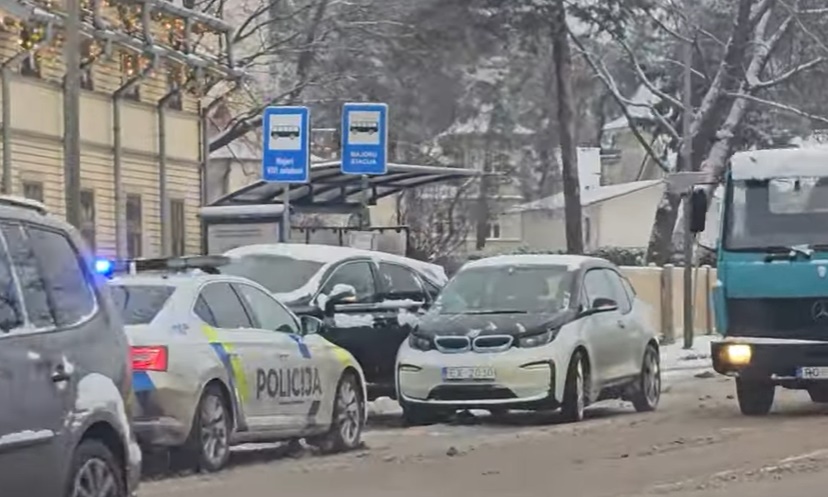
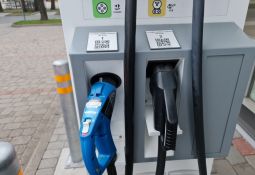
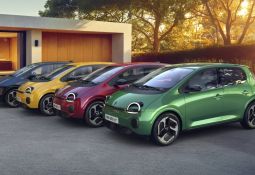

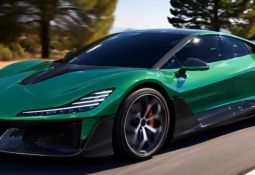

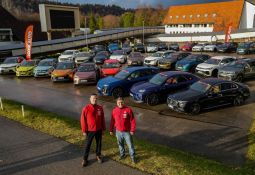
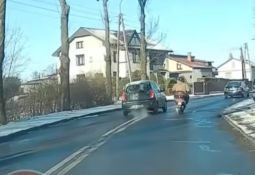
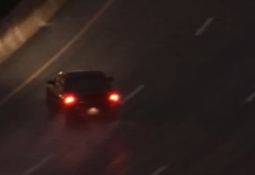


















Nu kas atkal par absurdu...?! "EURO 6 samazina CO2 izmešus četras reizes"
Tekstā gan tālāk seko cita informācija, kas jau ir visnotaļ ticama. Bet co2 izmešu daudzums ir tieši proporcionāls patērētās degvielas daudzumam - diez vai kāds ir gatavs piedāvāt četras reizes mazāku degvielas patēriņu :)